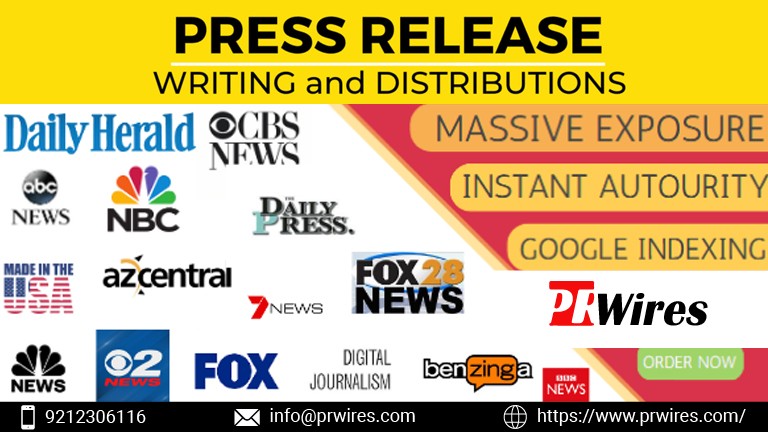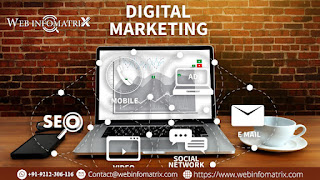Content marketing remains a powerful tool for businesses to engage their audience, build brand authority, and drive conversions. With a multitude of tactics available, it can be challenging to identify which strategies will yield the best results. In this comprehensive guide, we’ll explore 14 effective content marketing tactics and provide detailed strategy breakdowns to help you maximize your content efforts.
1. Developing a Content Strategy
A robust content strategy is the cornerstone of successful content marketing. It involves setting clear goals, understanding your target audience, and planning content that aligns with your business objectives. Start by conducting audience research to identify their needs and preferences. Use this data to create a content calendar that outlines what content to produce, when, and how.
Strategy Breakdown:
- Audience Analysis: Utilize tools like Google Analytics and social media insights to gather data on your audience's demographics and interests.
- Content Calendar: Plan content themes, topics, and publishing dates. Tools like Trello or Asana can help manage your calendar.
- Goal Setting: Define specific, measurable goals (e.g., increase website traffic by 20% in six months).
2. Creating High-Quality Blog Posts
Blog posts are a staple in content marketing, providing valuable information to your audience while improving SEO. Focus on producing well-researched, in-depth articles that address common questions or problems within your industry. Ensure your content is engaging and offers actionable insights.
Strategy Breakdown:
- Keyword Research: Use tools like SEMrush or Ahrefs to identify high-value keywords.
- Content Structure: Use headings, subheadings, and bullet points to make your posts easy to scan.
- Engagement: Incorporate visuals and interactive elements to enhance the user experience.
3. Leveraging Social Media
Social media platforms offer an excellent opportunity to share content, engage with your audience, and drive traffic to your website. Develop a social media strategy that includes content creation, scheduling, and engagement tactics.
Strategy Breakdown:
- Platform Selection: Choose platforms where your target audience is most active (e.g., Instagram for visual content, LinkedIn for B2B).
- Content Scheduling: Use tools like Hootsuite or Buffer to schedule posts and maintain consistency.
- Engagement: Actively respond to comments and messages to build relationships with your audience.
4. Utilizing Email Marketing
Email marketing remains a powerful channel for content distribution. Create segmented email lists to deliver personalized content that resonates with different audience segments. Regular newsletters and promotional emails can help keep your audience engaged and informed.
Strategy Breakdown:
- Segmentation: Use CRM tools to segment your email list based on factors like purchase history or engagement level.
- Personalization: Craft personalized email content and subject lines to increase open rates.
- Automation: Implement automated email sequences for welcome emails, follow-ups, and re-engagement campaigns.
5. Implementing Content Upgrades
Content upgrades are targeted lead magnets that provide additional value to your content. They can significantly enhance lead generation by offering exclusive resources like eBooks, checklists, or templates in exchange for contact information.
Strategy Breakdown:
- Identify Opportunities: Look for blog posts or landing pages where content upgrades can add value.
- Create Resources: Develop high-quality, relevant content upgrades that align with your audience's needs.
- Promote Upgrades: Use call-to-actions (CTAs) within your content to encourage users to download or access the upgrade.
6. Conducting Webinars and Live Events
Webinars and live events provide a platform to interact with your audience in real-time, share valuable insights, and address questions. They also offer opportunities for lead generation and building a community around your brand.
Strategy Breakdown:
- Topic Selection: Choose topics that address common pain points or areas of interest for your audience.
- Promotion: Promote your webinars through social media, email marketing, and your website.
- Follow-Up: Send follow-up emails with event recordings and additional resources to attendees.
7. Producing Infographics
Infographics are a visually appealing way to present complex information in an easy-to-understand format. They can drive engagement and are highly shareable on social media platforms.
Strategy Breakdown:
- Data Collection: Gather relevant data and insights that can be visually represented.
- Design: Use tools like Canva or Adobe Illustrator to create professional-looking infographics.
- Distribution: Share infographics on your website, social media channels, and through email marketing.
8. Creating Case Studies
Case studies showcase the success stories of your customers and demonstrate the value of your products or services. They provide social proof and can influence potential customers' purchasing decisions.
Strategy Breakdown:
- Select Case Studies: Choose customers who have achieved significant results using your products or services.
- Structure: Outline the problem, solution, and results in a clear and compelling format.
- Distribution: Publish case studies on your website and promote them through email and social media.
9. Developing Video Content
Video content is highly engaging and can significantly enhance your content marketing efforts. From explainer videos and tutorials to customer testimonials and behind-the-scenes footage, videos can capture your audience's attention and convey your message effectively.
Strategy Breakdown:
- Content Planning: Define the purpose and format of your video content.
- Production: Use high-quality equipment and editing software to produce professional videos.
- Promotion: Share videos on your website, YouTube channel, and social media platforms.
10. Guest Blogging
Guest blogging involves writing content for other blogs within your industry. It can help you reach new audiences, build backlinks, and establish your authority as an industry expert.
Strategy Breakdown:
- Identify Opportunities: Research relevant blogs and websites that accept guest posts.
- Pitch Ideas: Craft compelling pitch emails with proposed topics and writing samples.
- Create Quality Content: Provide valuable, well-researched content that aligns with the host blog's audience.
11. Utilizing Content Curation
Content curation involves gathering and sharing relevant content from other sources to provide additional value to your audience. It helps position your brand as a thought leader and keeps your audience informed.
Strategy Breakdown:
- Source Content: Use tools like Feedly or Pocket to discover and organize relevant content.
- Add Value: Provide context or commentary to the curated content to offer additional insights.
- Share: Distribute curated content through your blog, social media, and email newsletters.
12. Optimizing for SEO
Search engine optimization (SEO) is crucial for ensuring your content is discoverable by your target audience. Implementing SEO best practices can improve your content's visibility in search engine results and drive organic traffic to your website.
Strategy Breakdown:
- Keyword Research: Identify relevant keywords and incorporate them into your content.
- On-Page SEO: Optimize meta titles, descriptions, and headers for search engines.
- Link Building: Develop a strategy for acquiring high-quality backlinks to enhance your content's authority.
13. Engaging in Influencer Marketing
Influencer marketing involves partnering with industry influencers to promote your content and brand. Influencers can help amplify your message and reach new audiences.
Strategy Breakdown:
- Identify Influencers: Find influencers whose audience aligns with your target market.
- Reach Out: Contact influencers with a clear proposal and outline the benefits of the partnership.
- Collaborate: Work with influencers to create and promote content that resonates with their audience.
14. Monitoring and Analyzing Performance
To continually improve your content marketing efforts, it’s essential to monitor and analyze the performance of your content. Use analytics tools to track key metrics and gather insights into what works and what doesn’t.
Strategy Breakdown:
- Set Metrics: Define key performance indicators (KPIs) such as traffic, engagement, and conversion rates.
- Use Tools: Leverage tools like Google Analytics, SEMrush, or social media analytics platforms to track performance.
- Optimize: Use the data collected to make informed adjustments and enhance your content strategy.
By implementing these 14 content marketing tactics, you can build a comprehensive strategy that drives engagement, boosts your brand’s visibility, and achieves your business objectives. Each tactic plays a crucial role in creating a well-rounded content marketing plan that resonates with your audience and delivers measurable results.

%20(1).jpg)
.jpg)
.jpg)
.jpg)






 English (US) ·
English (US) ·